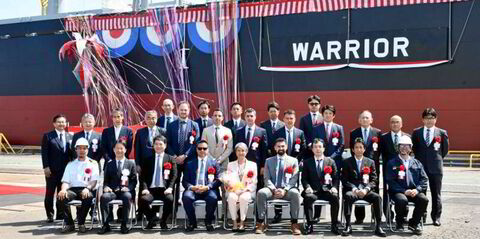‘Honeytrap’ incidents aimed at crews are becoming more common, particularly in the Gulf of Guinea off West Africa.
In September, a seafarer was caught in a ‘sextortion’ trap when at the Togo anchorage, Lome. The crewman was encouraged to expose himself on social media after contact over six weeks, first via LinkedIn and Facebook, then Skype, from a blackmailer who he thought was an attractive young woman.
He then received an email demanding that he deposit $10,000 into an account, or his wife and children would hear and see what he had done.
Lampis Alevizos, an IT officer at CMM-Consolidated Marine Management, stressed at a seminar on cyber security at sea held by Immediasea in London last week that crews must be made aware of the issues in language they can understand.
Seafarers may not be aware that using their own computer can link ship systems that are normally unconnected and protected by a firewall, making them open to infection.
“A lot of crew members say: ‘You have a lot of policies and procedures, but we cannot even understand what you are writing. Please do it as simple as you can’,” said Alevizos.
“Device management software does not allow unauthorised USB sticks to be used even if they are plugged in. It can save your life.”
But Alevizos believes the striking posters produced by Be Cyber Aware at Sea can open seafarers’ eyes to the issues. And as campaign founder Jordan Wylie said: “Online is the new frontline.”


